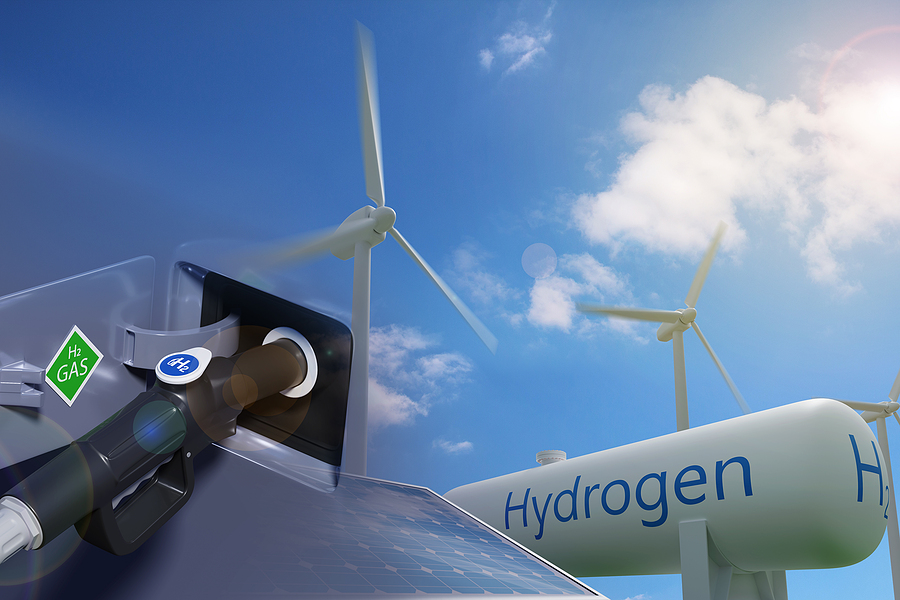India plans to manufacture a cumulative five million tonnes of green hydrogen by 2030, the power ministry said on Thursday, aiming to meet its climate targets and become a production and export hub for the fuel.

Green hydrogen, produced using renewable energy, has some of the best environmental credentials among cleaner-burning fuels. The zero-carbon fuel is made using renewable power from wind or solar sources to split water into hydrogen and oxygen.
India will set up separate manufacturing zones, waive inter-state power transmission charges for 25 years and provide priority connectivity to electric grids to green hydrogen and ammonia producers in a bid to incentivise production, the federal power ministry said.
The five million tonnes production target is half of that of the European Union, which plans to produce 10 million tonnes of hydrogen from renewable energy by 2030.
While green hydrogen is not currently made in India on a commercial scale, the country's richest men Mukesh Ambani and Gautam Adani have announced plans to produce it.
India, with a population more than three times larger than the EU, has a much lower per capita energy consumption, but among the fastest rates of energy demand growth in the world.
Mayank Bansal, chief commercial officer of ReNew Power, said the incentives announced by India could help lower cost of hydrogen manufacturing.
"Currently, manufacturing green hydrogen is a costly proposition and in cognizance of this, the government has correctly waived off inter-state transmission charges," Bansal said in a statement.
India's Power Minister RK Singh said on Wednesday green hydrogen manufacturers would also be allowed to transmit unused electricity to the grid.
The incentives announced on Thursday are the first part of India's national hydrogen policy. The government has not said when the rest will be released.
India also plans to provide federal financial support to set up electrolysers, as it wants to make the use of green hydrogen mandatory for refineries and fertiliser plants.